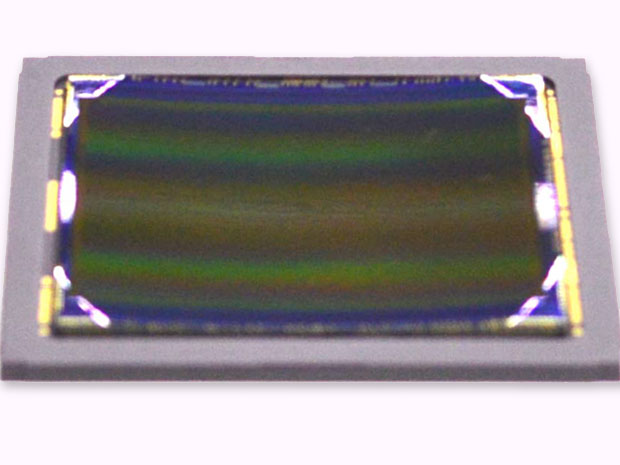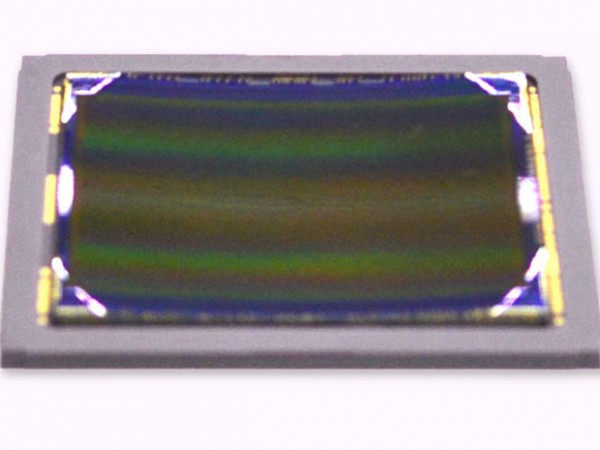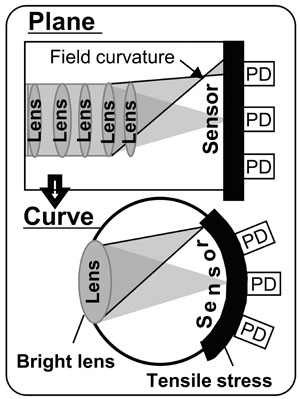Sony’s R&D team has created a unique set of curved CMOS image sensors that promises to revolutionize the digital imaging industry. Using a “bending machine” that is developed in-house, Sony’s curved CMOS sensors mimics the curvature of the human eye.
According to Sony’s engineers, the curved sensors have a curvature that is similar to the human eye. As a result, these sensors offer 1.4 times more sensitivity in the middle, and 2 times better sensitivity in the corners. In comparison to the usual planar sensors, the new curved sensors have plenty of added benefits, according to Kazuichiro Itonaga, a device manager with Sony’s R&D Platform.
Because of the geometry, it can be paired with a flatter lens and a larger aperture, which lets in more light. Photodiodes at the periphery of a sensor array will be bent toward the center, which means light rays will hit them straight on instead of obliquely. What’s more, the strain induced on a CMOS sensor by bending it alters the band gap of the silicon devices in the sensor region, lowering the noise created by “dark current” — the current that flows through a pixel even when it is receiving no external light.
This isn’t the first curved CMOS sensor that’s been developed -there was one concept from 2008 that never quite took off – but what separates Sony’s new sensors is in the company’s ability to mass-manufacture the sensors. Itonaga states that it has already produced close to 100 full-sized sensors using the bending machine. In addition to the full-frame 43mm sensor, Sony has also developed a smaller curved sensor that can be fitted into mobile devices. This sensor measures 11mm at the diagonal, and features smaller pixels.
Follow us on Instagram, Facebook, Twitter or Telegram for more updates and breaking news.




